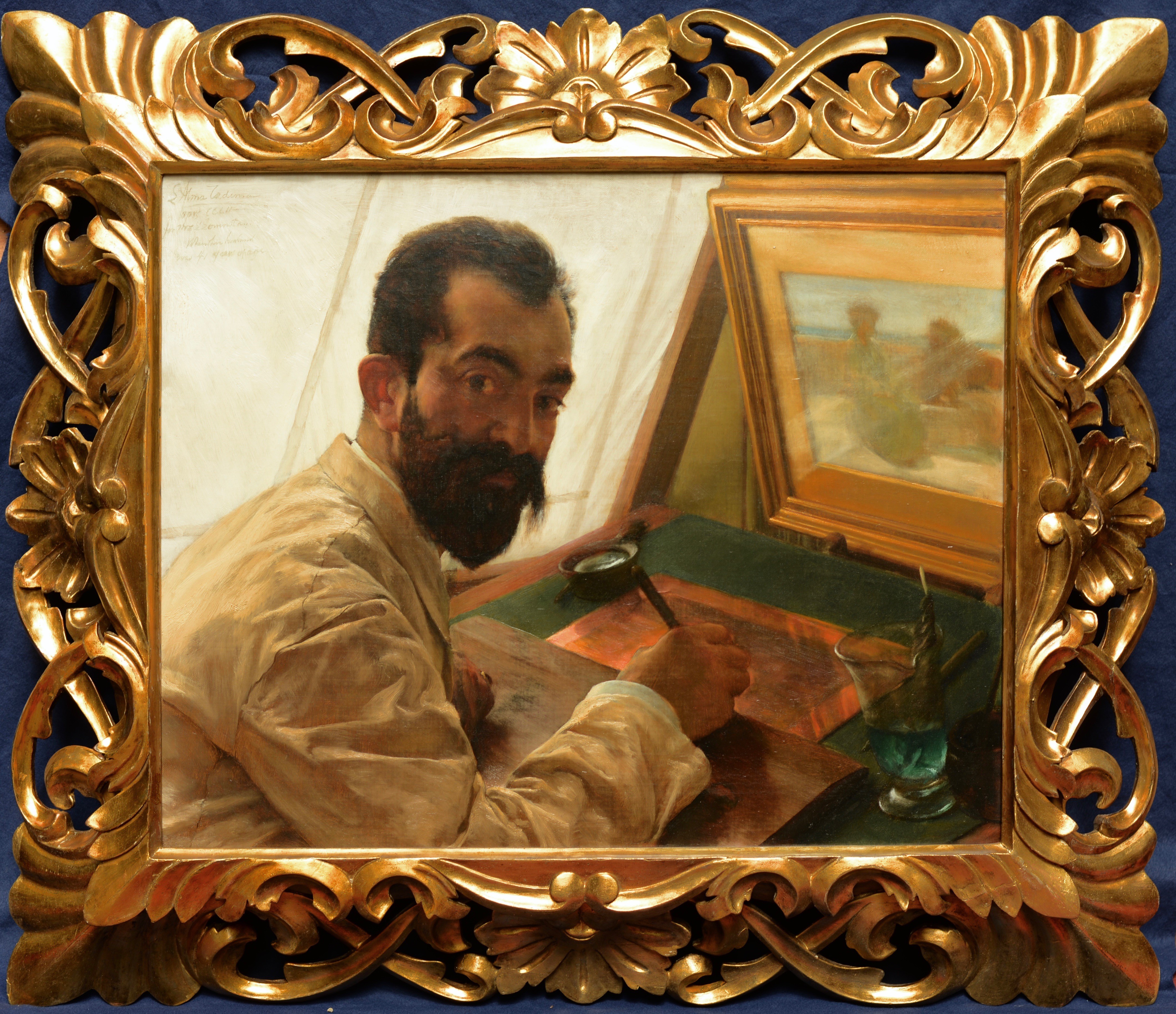
The BBC’s Antiques Roadshow has made one of the finest finds in its nearly 40-year run while filming in Harrogate, England.
The item discovered is a long-lost painting by Sir Lawrence Alma-Tadema, considered one of the most significant artists of the Victorian period. The show’s pictures expert, Rupert Maas, referred to the sensational discovery as one of the “best pictures we have ever seen on the Roadshow in its entire history.” It was valued at between €230,000 and €350,000 ($300,000 – $450,000).
The painting is a portrait of the artist’s friend and colleague, the etcher Leopold Löwenstam in his studio, and was given to him by Alma-Tadema as a wedding gift in 1883.
“Alma-Tadema was a Victorian Neoclassical painter, whose paintings inspired [American filmmaker] Cecil B DeMille. He is the most valuable Victorian artist today,” said Maas. He also pointed out the historical significance of the piece, saying: “There are hardly any portraits of engravers at work at all, and this is one of the most telling and beautiful.”
The painting was brought on the show by the great-great-grandson of Löwenstam, who wished to remain anonymous. It was exhibited at the Royal Academy one year after it had been gifted to Löwenstam, in 1884, and was last displayed publicly in 1913. Not having been shown ever since, the painting was considered lost.
Upon hearing the story of the painting, and its current value, the owner said he had no plans of selling it. Instead, the work has been restored and loaned to the Fries Museum, in the Netherlands—where Alma-Tadema was born—and where a major exhibition of his works is opening this Saturday, October 1. The exhibition will travel to London’s Leighton House Museum in the fall of 2017.
Alma-Tadema moved to London at the outbreak of the Franco-Prussian War, and was granted British citizenship by Queen Victoria. He was influenced by the Pre-Raphaelite movement and became one of the most successful and highest earning artists of his day, but his works fell out of fashion after his death.
In 2010, one of his largest pictures, The Finding of Moses, was sold at Sotheby’s in New York for $36 million, setting a record for a Victorian painting.
Although the recent find is valued at about a tenth of that record, Maas highlighted the significance of the painting, saying: “The news of the discovery of this lost important work has stunned the art world and I am delighted people will get the chance to see it restored and alongside other great works.”